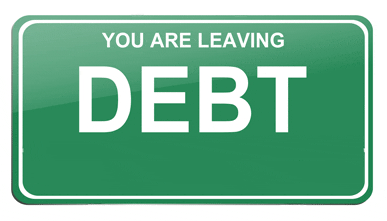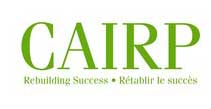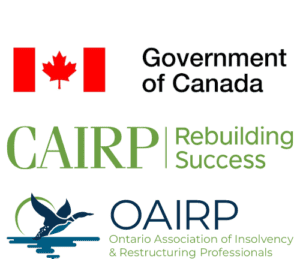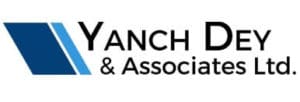A consumer proposal for lines of credit is a simple way to cut what you owe, stop interest, and take control of a balance that keeps growing.
Many people save around 70% of their line of credit debt and replace complex payments with one predictable monthly amount.
This gives you legal protection, an affordable repayment plan, and a clear timeline to become debt-free.
Line of credit debt often grows slowly until the balance becomes too large to handle. What starts as a safety net can turn into long-term debt that feels impossible to pay off.
This usually happens when:
- The balance keeps increasing because it’s easy to borrow small amounts over and over.
- Interest accumulates monthly, making it hard to reduce the principal.
- Minimum or interest-only payments barely make a difference to the total balance.
- The line is used to cover other debts, such as credit cards or bills.
- Income changes or unexpected expenses force you to rely on the line more than planned.
Over time, this creates a debt that grows faster than you can repay, leading to stress and financial pressure.
How a Consumer Proposal Reduces Line of Credit Debt
A consumer proposal legally reduces your total line of credit balance and freezes interest immediately. Instead of paying the full amount, you repay only a portion based on your income and household budget.
A proposal provides relief by:
- Eliminating all future interest so the balance stops growing immediately.
- Reducing the principal owed, often down to about 30% of the current balance.
- Combining multiple lines of credit and debts into one affordable monthly payment.
- Providing legal protection from creditors so collection calls and actions must stop.
- Creating a fixed payment schedule of up to 60 months, giving you a clear end date.
This turns an open, growing loan into a structured, manageable plan.
What Happens to Your Line of Credit After Filing
Once you file a consumer proposal, your unsecured line of credit is included in the settlement. You no longer make payments directly to the bank. Instead, you make one payment to the proposal.
After filing:
- Your line of credit account is closed and cannot be used for new borrowing.
- All collection activity must stop, including calls, letters, and legal notices.
- The bank must follow the proposal terms once creditors accept the offer.
- The balance becomes part of the settlement, not something you manage separately.
This simplifies your finances and removes pressure from multiple lenders.
How Much You Can Expect to Save
Most people save a significant amount by including line of credit debt in a proposal. Savings usually come from:
- Reducing the balance dramatically, often to 20–35% of what you owe.
- Eliminating all future interest charges, which normally add thousands of dollars.
- Extending repayment over five years, lowering the monthly cost.
- Setting payments according to your budget, not the bank’s requirements.
This makes repayment realistic and helps you become debt-free without borrowing more.
When a Consumer Proposal Is Better Than Increasing Your Limit
Many people try to raise their line of credit limit or open new credit to catch up, but this usually worsens the problem. A consumer proposal is typically the better option when:
- You use the line of credit every month just to stay afloat.
- Your balance isn’t going down even with regular payments.
- You are covering other debts using the same line of credit.
- Stress or anxiety about debt is affecting sleep or finances.
- The bank suggests interest-only payments, which do not solve the root problem.
Instead of borrowing more, a proposal gives you a clean, structured path to financial recovery.
This consumer proposal calculator shows an approximate of how much you could save.










